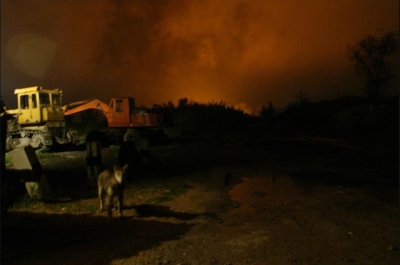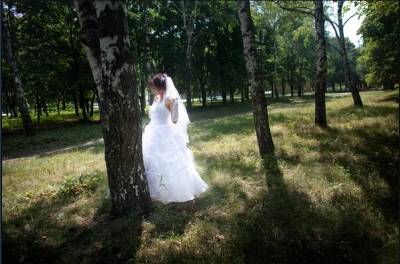A Post Nuclear Life
Donald Weber takes a heart wrenching look at the city of Zholtye Vody in Ukraine. Located near two nuclear waste sites and an enrichment factory in the hub of the Soviet Union’s uranium mining and enrichment area, the homes were built using highly contaminated materials. With a higher radiation level than Chernobyl, over half the population of 60,000 people suffer from some sort of radiation sickness.
Upon first viewing this slide-show I was immediately struck with the strangest memory. Specifically, a memory of being a child, sitting in the ophthalmologist’s office and leafing through a copy of National Geographic which contained a large article on the Chernobyl disaster. The same hollow and broken faces are here in Weber’s essay. There is some joy here too, but it never seems to truly outshine the pain.
The image below was especially affecting and I had mixed feelings posting the set. It struck me that my vision of these post Soviet states is largely informed by images like this — a collection of gnarled women in babushkas, all furrowed brows and vacant stares, and emaciated youths, bald and hurting. It’s a world where lives are lived entirely within tiny, cramped apartments in stark, concrete tenements whose facades and walkways are slowly succumbing to an inexorable army of vegetation. I find myself thinking that there must be more to these people’s lives than this and fearing that there isn’t. I worry that I am passing on a misconception; proliferating a stereotype. I suppose that if the purpose of art is to make us question then, at least in my case, Daniel Weber has succeeded.




July 20th, 2010 at 2:57 pm
Incredible find, Ross. Thanks for this.
July 21st, 2010 at 6:19 pm
I really wish they had contextualized the images a bit more. They’re fascinating, and I suppose that NOT knowing what the context was maybe drew me in a bit more, but mostly it was just frustrating.